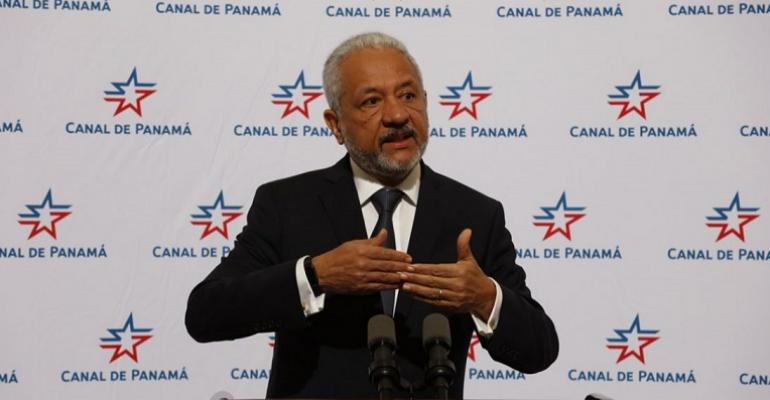According to the World Trade Organization (WTO), 2.3% of the world maritime trade is transported through Panama’s waterway.
These savings are equivalent to the amount produced by 3.2m passenger vehicles driven in one year, or the carbon sequestered by 248m tree seedlings grown for 10 years.
The annual data was calculated by the Panama Canal’s CO2 Emissions Savings Dashboard, which tracks the total CO2 emissions that vessels save by sailing via the Panama Canal rather than the most likely alternative route.
“Last year, we launched the CO2 Emissions Dashboard to help our customers better track their emissions and understand the benefits provided by taking the shortest route, creating a more sustainable supply chain,” Panama Canal Administrator Ricaurte Vasquez, said.
Containerships led the way in emissions savings of 5.2m tonnes of CO2, followed by dry bulk carriers (2.5mt), chemical tankers (1.77mt), and liquefied petroleum gas (LPG) carriers (1.2mt), the Panama Canal Authority said in a statement.
The customers that registered the highest CO2 emission savings by choosing the canal route throughout 2021 were Maersk (933,308 tonnes of CO2), Mediterranean Shipping Company (MSC) (909,264 tonnes of CO2), CMA CGM (503,960 tonnes of CO2), Hapag-Lloyd (478,764 tonnes of CO2), and Trafigura Beheer (448,940 tonnes of CO2).
Last year, the waterway unveiled its plan to become carbon neutral by 2030. To achieve this objective and maximise its value as a green corridor for global shipping, the waterway expects to make significant investments and changes to its operations over the coming years with purchasing electric vehicles and hybrid tugboats, modernising its equipment and infrastructure, all anticipated to require $2.4bn.
The Panama Canal said it will also continue working with international stakeholders to ensure the canal’s contributions are aligned with global decarbonisation efforts.
Copyright © 2024. All rights reserved. Seatrade, a trading name of Informa Markets (UK) Limited.
Add Seatrade Maritime News to your Google News feed.  |

